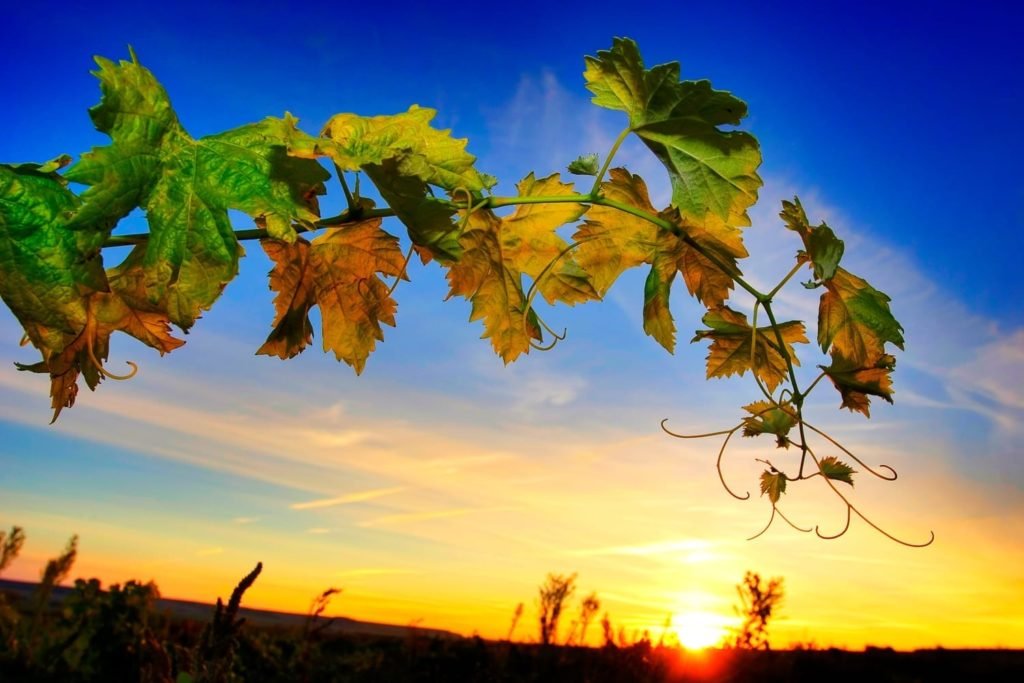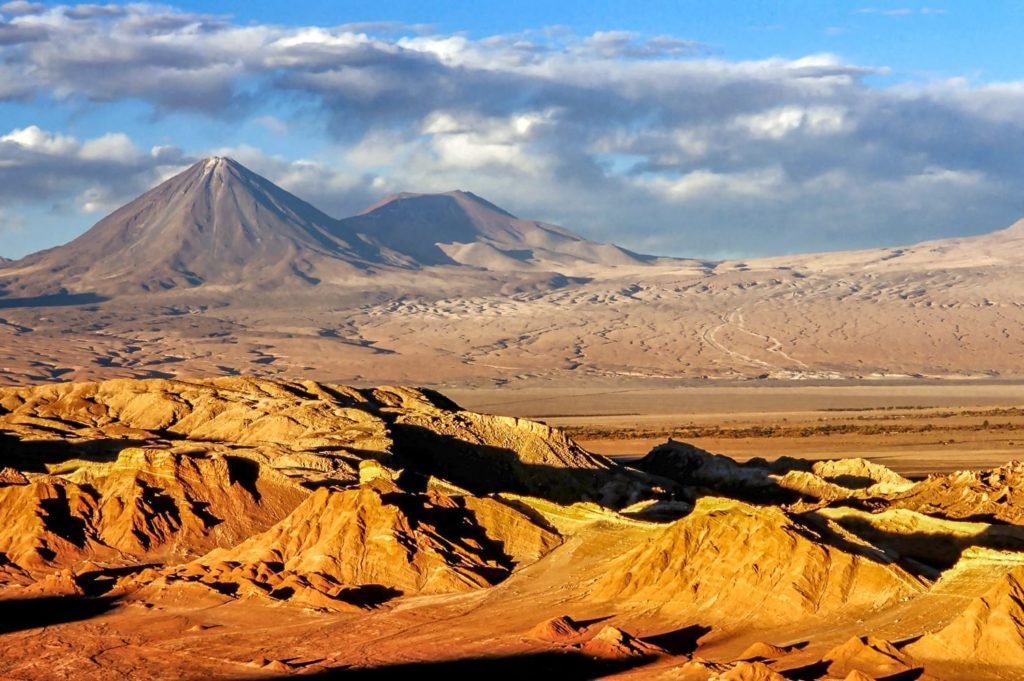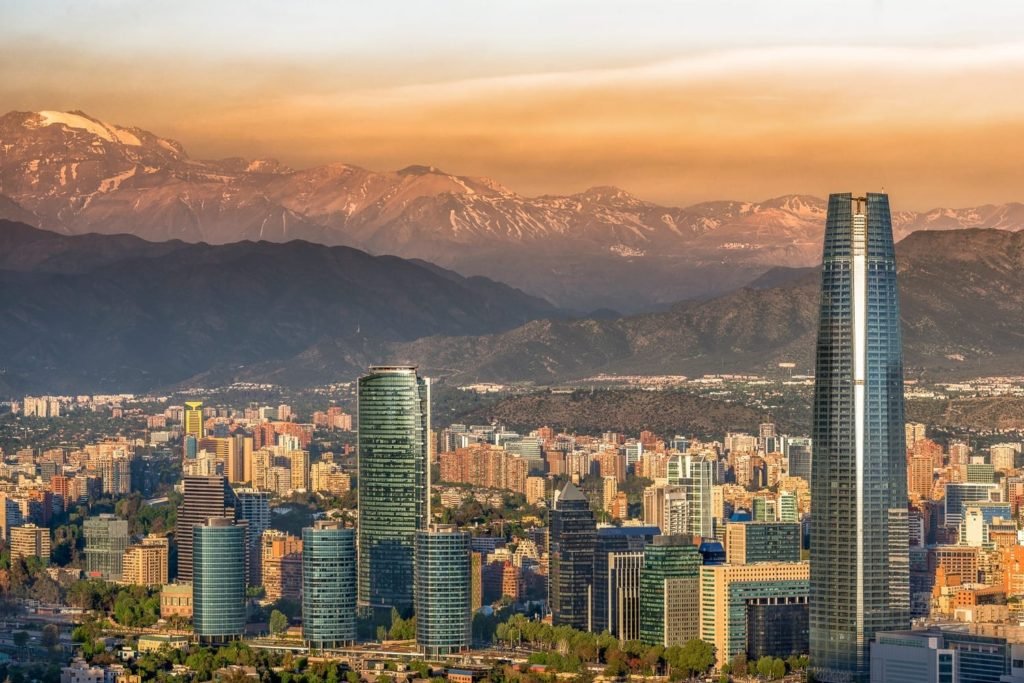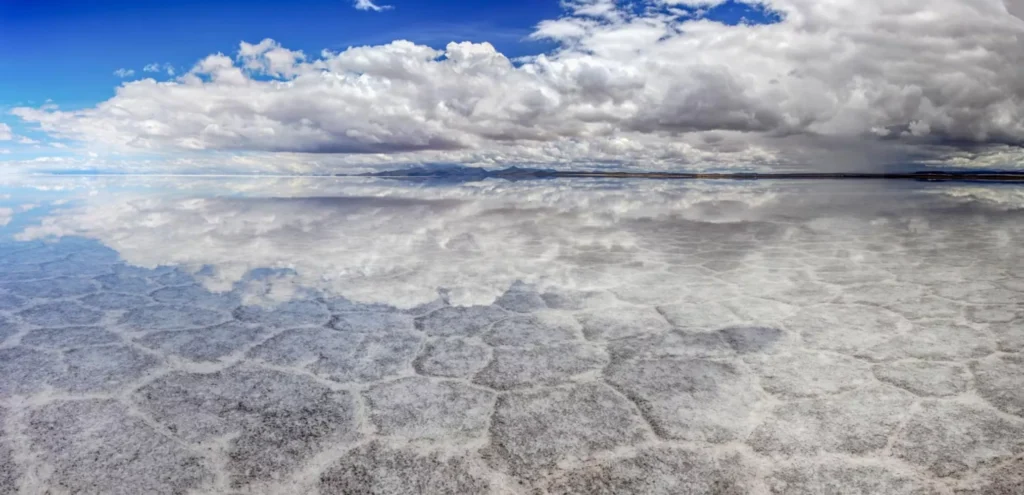Page Menu
Chile’s Northern Coast
The coastal oasis city of Arica lies 1,300 miles north of Santiago—a mere 14 miles south of the Peruvian border. Arica was part of Peru until June 1880, when Chilean forces overtook the city in one of the key battles of the five-year War of the Pacific. In the 16th and 17th centuries, Arica was the primary export point for precious metals mined at Potosi–the largest silver mine in the Spanish Empire. Today, Arica is a port of call for beachgoers and travelers headed to the high desert plateau.
A good place for an initial overview of the town is El Morro, the 430-foot hill rising above the city’s shoreline. Due to a devastating 1868 earthquake destroying most of Arica’s public buildings, most of the construction in the historic city center dates to the 1870s. Alexandre Gustave Eiffel engineered the cast-iron replacement cathedral, shipped in pieces from France in 1876.
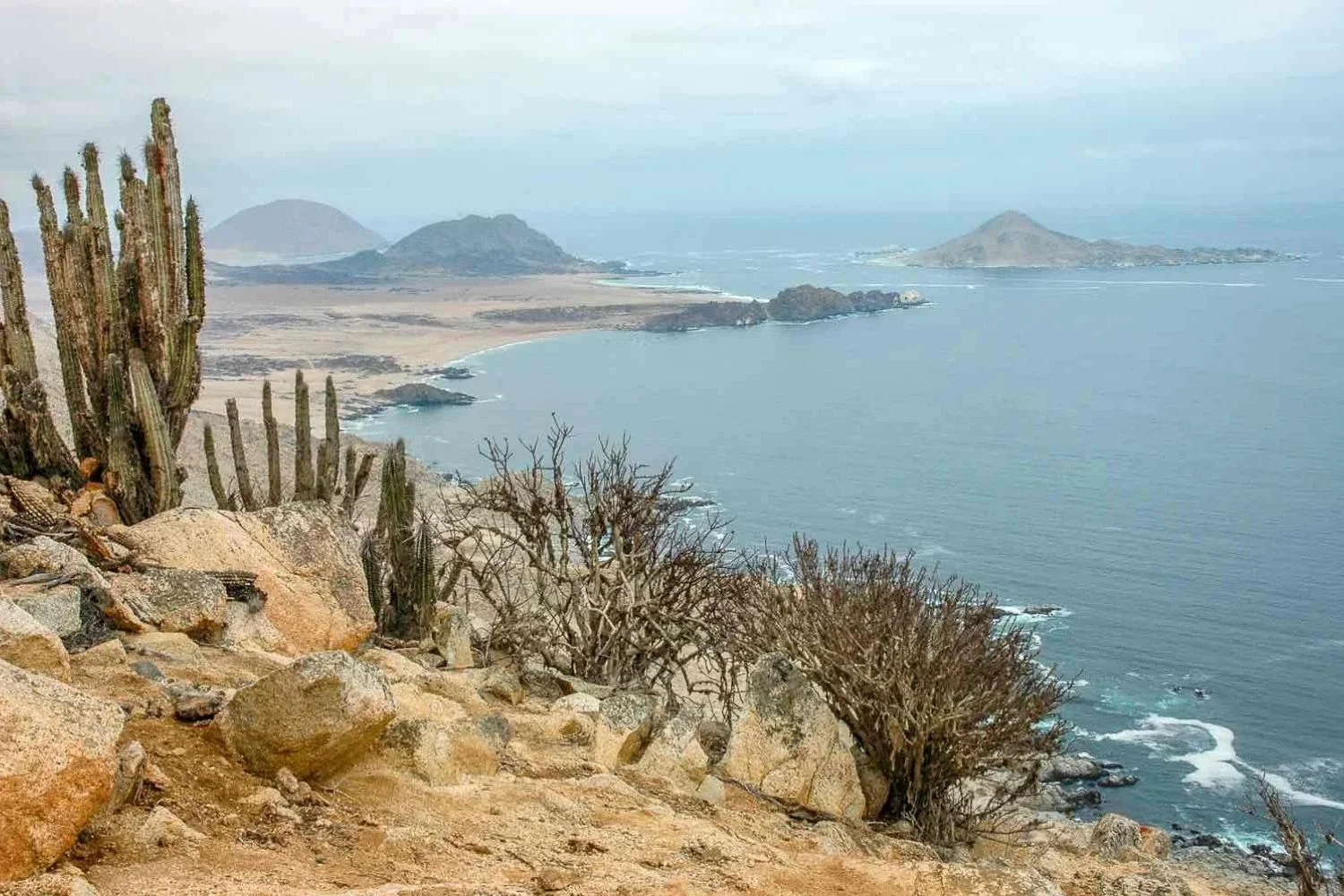
Pre-Columbian Collections
East of the coast, the fertile Lluta and Azapa Valleys climb to dizzying altiplano heights. These valleys have been inhabited for millennia, with the oldest recovered artifacts dating back over 9,000 years. The San Miguel de Azapa Arqueological Museum houses one of Chile’s best Pre-Columbian collections.
East of Arica, Pucara de Copaquilla, a defensive structure near the town of Putre, was constructed in the 12th century.
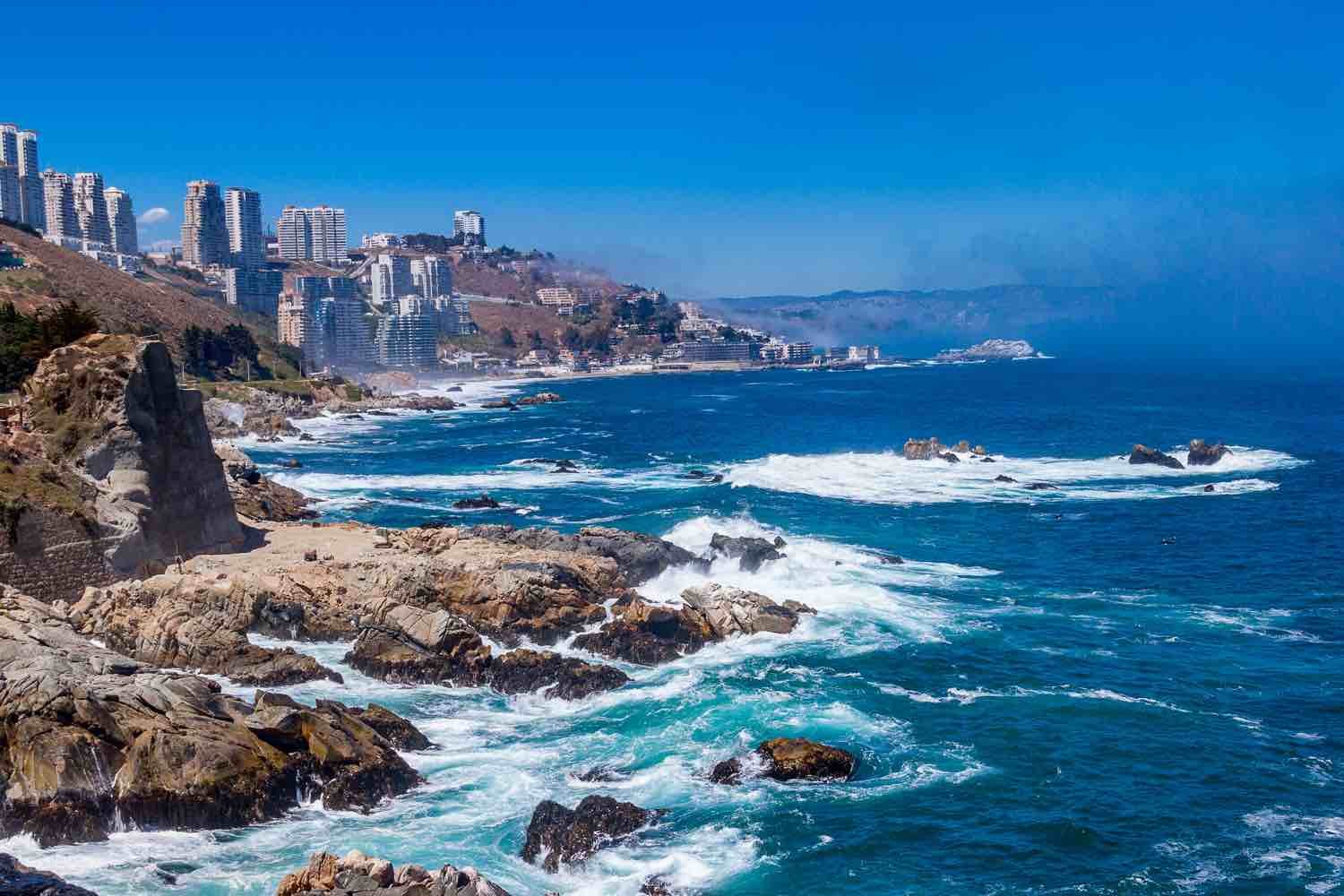
100 miles northeast of Arica, the Lauca National Park protects 532 square miles of spectacular altiplano and mountain landscape. Scenic highlights include the clear blue Lake Chungara (14,760 FASL), archeological sites, lava flows, and six snowcapped peaks reaching above 19,700 feet.
The Aymara village of Parinacota, in the park’s north, is the site of a whitewashed 17th-century church, adorned with colorful, cautionary frescoes. Bordering the southern end of Lauca, Las Vicuñas National Reserve is populated by more than 20,000 wild vicuña. Their domesticated cousins—llamas and alpacas—also graze here, herded by Aymara farmers.
Contiguous to the reserve’s southern limit is the Salar de Surire National Monument—a gleaming 43-square-mile salt flat, supporting three species of flamingo.
What to do in Chile’s Northern Coast
Arica has a worldwide reputation for accessible surf. Four surf spots circle the manmade Alacrán Peninsula, in front of El Morro. Each May and June, bodyboarders and surfers from around the globe come to ride “El Gringo”—a barreling wave breaking left and right, with swells up to twelve feet. Miles of golden dunes line the coast north of town, peppered with a variety of beach breaks and reef breaks.
Surfing conditions are best from April to June and September to November.
Day trips to see Ancient geoglyphs, obelisks, and fortresses can be arranged from Arica, as well as, visits to the San Miguel de Azapa Archeological Museum. houses one of Chile’s best Pre-Columbian collections. Visitors to San Miguel can admire ancient artifacts from the Chinchorro, Tiwanaku, Inca, and Aymara cultures.
Guests visiting the surrounding Lauca National Park, Las Vicuñas National Reserve, or the Salar de Surire can enjoy:
- Hiking & trekking: Trails lead through the altiplano, past lagoons, volcanic peaks, and unique Andean landscapes.
- Wildlife watching: Visitors can spot vicuñas, llamas, alpacas, Andean condors, flamingos, and other native species.
- Cultural encounters: The nearby villages, such as Parinacota, provide a glimpse into local Aymara traditions and architecture.
- Hot springs: The Jurasi Hot Springs offer a place to relax in naturally heated mineral waters.
- Birdwatching: The parks are home to many high-altitude bird species, including Andean geese and puna ibis.
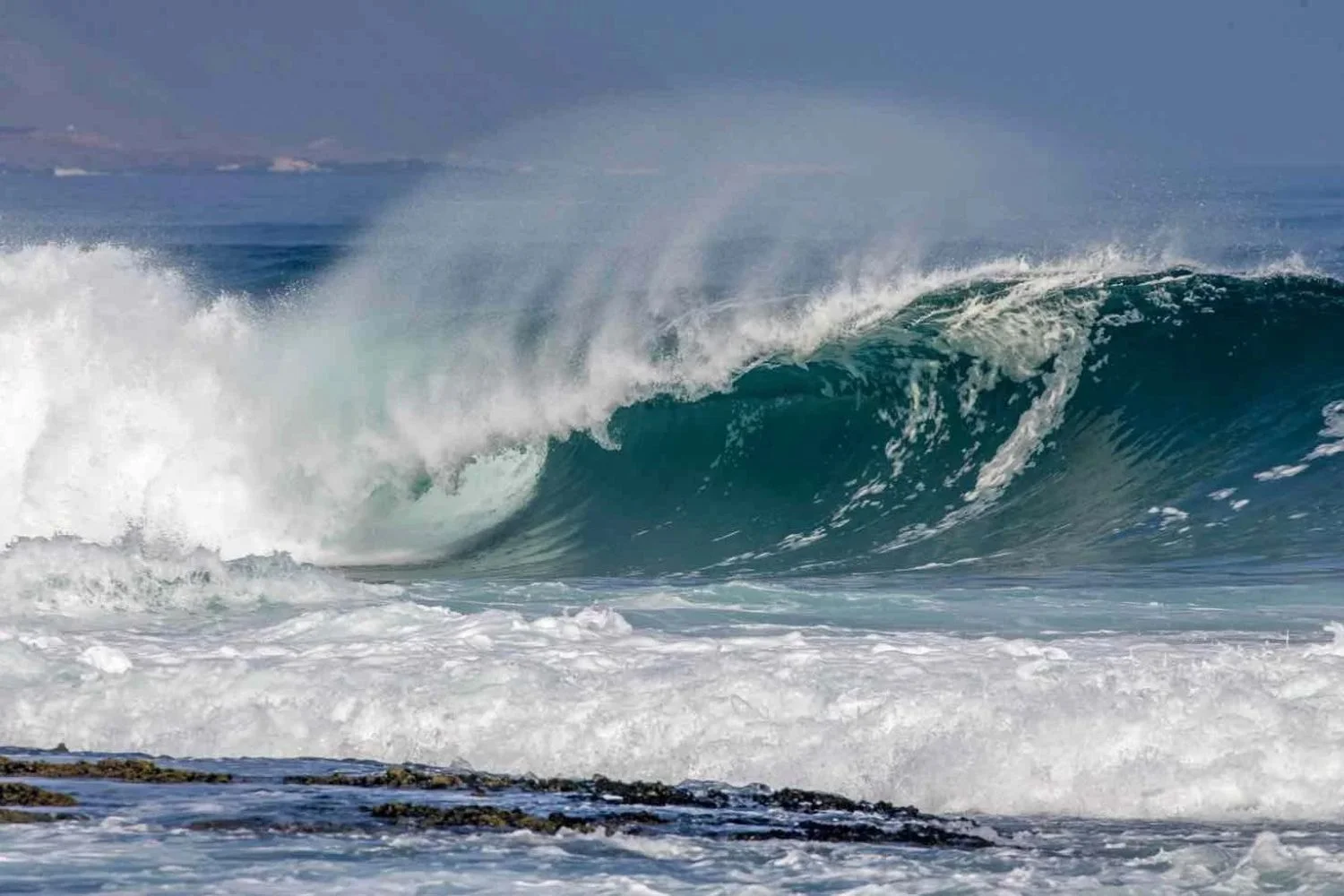
What is the Weather Like?
The climate in Northern Chile is famous for its sunny consistency. Throughout the year, days are warm and clear, with picturesque, cool nights. Highs rarely exceed 83ºF, with overnight lows typically approaching 60ºF. Precipitation is rare, and humidity averages 73%. High season for beachgoers is December through February.
These averages are changing, please check extended weather forecasts using your favorite weather app prior to departure.
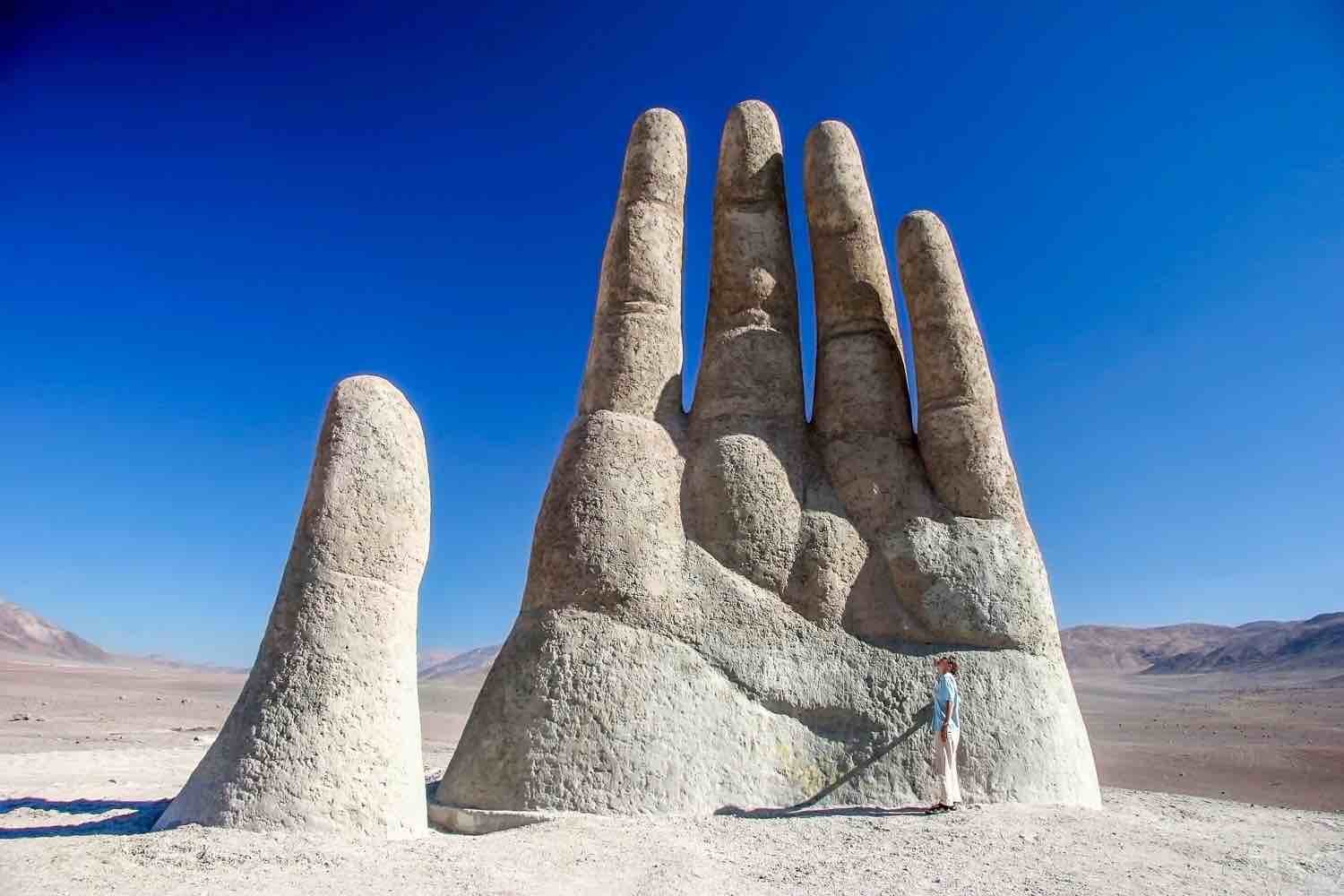
Getting There
Just eleven miles north of the Arica sits Chacalluta International Airport (ARI). Chacalluta receives non-stop flights from both Santiago (two hours and 45 minutes) and Iquique (45 minutes).
Start your journey today
LANDED delivers the finest in custom, private travel to Central America, South America, and Antarctica. These regions are our passion; we know them first-hand and by heart. Speak with one of our travel designers and let us create a tailored itinerary for you in Chile’s Northern Coast.
How to combine Chile’s Northern Coast
Have some extra time? Here are some options for you to combine with.

